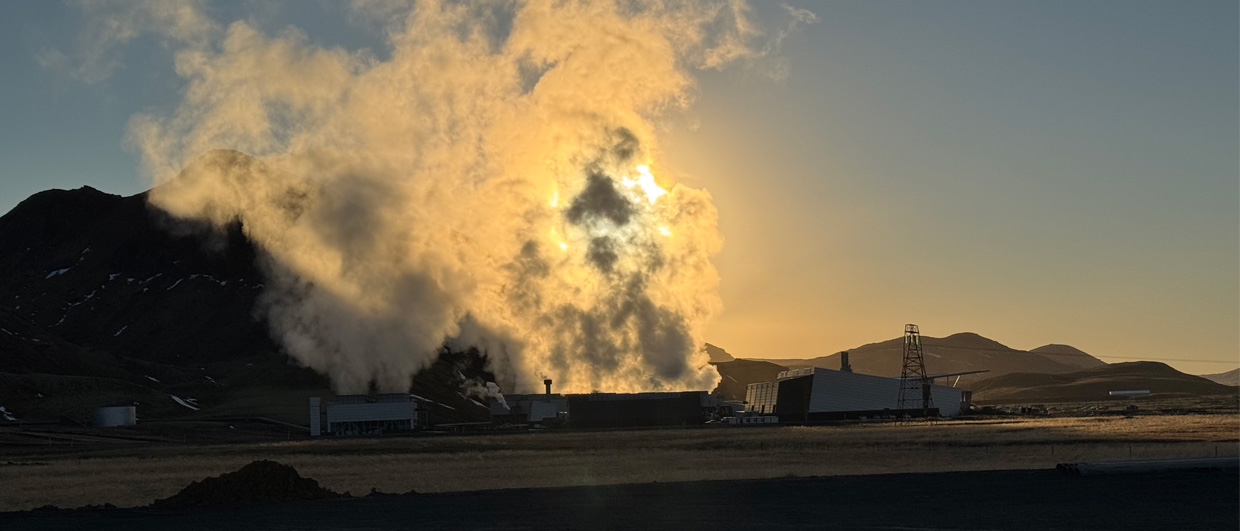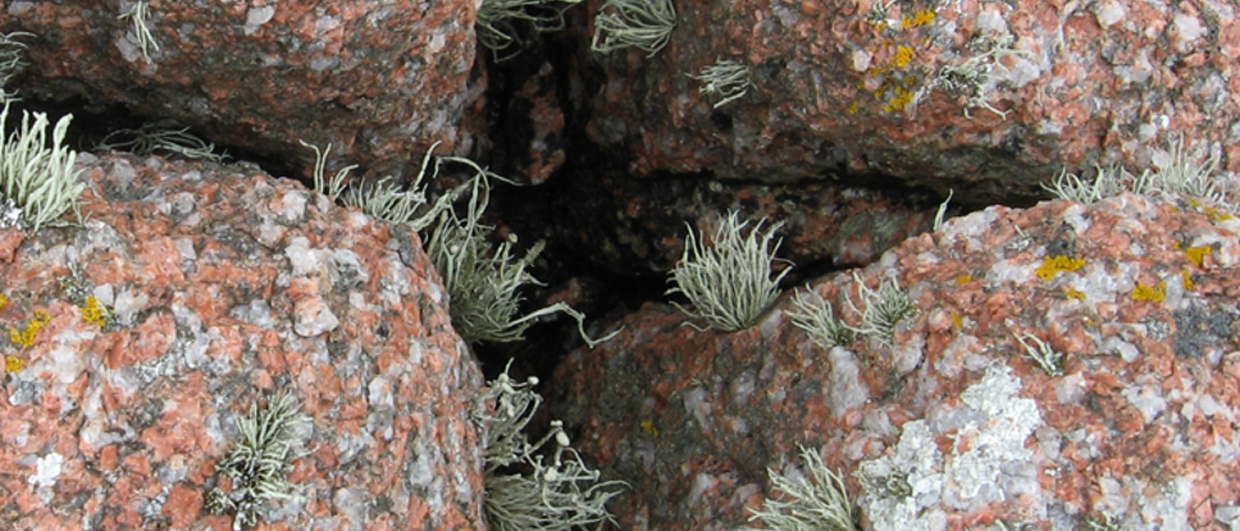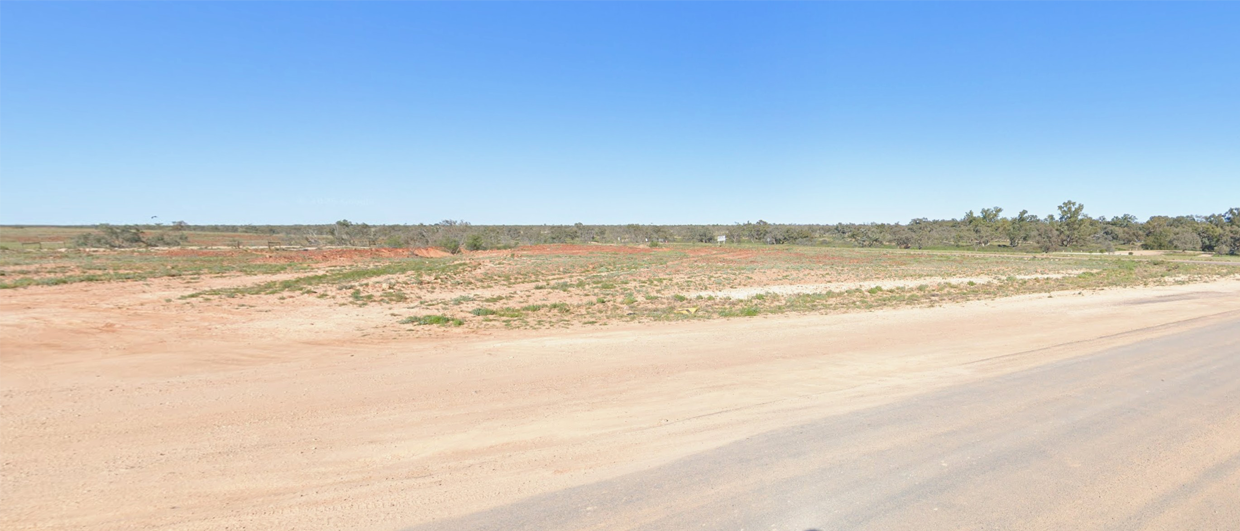Last year, a geothermal well was drilled near the city of Leeuwarden in the north of the Netherlands. The target of the borehole was the Rotliegend of the Friesland Platform, a relatively stable structural element where the Rotliegend had already been proven by previously drilled hydrocarbon exploration wells.
Yet, the project reported disappointing test results once the reservoir had been penetrated.

A number of press statements has since been issued, addressing the problems in layman’s terms. However, it remains unclear what is causing the real problem and despite some attempts we have not been able to get to the bottom of this.
Permeability appears to be the key problem behind the disappointing test results. However, the initial logging exercise seemed to have been insufficient to fully understand the problem, which explains why the project operator Warmte van Leeuwarden needed to organise another logging operation in January 2022.

Now, following lab tests – presumably of cutting material or sidewall cores – the operator announced that another well test will be performed in April this year. This newspaper article further describes that it is the deeper section of the well that will be tested in this case.
Based on these observations, it appears that the wrong section of the reservoir was tested initially.
This may be explained by one thing we learned while investigating the matter: even though the Rotliegend reservoir had been completely penetrated, the succession is significantly thicker than initially foreseen.
This must have obviously been a deviation from the per-drill prognosis, which can form an explanation – probably combined with a minimal logging exercise to start with – why a suboptimal interval was chosen to perform the test in.
However, a test at the wrong depth does not seem to be the only problem. The newspaper article also mentions a cleaning operation of the well. This may in turn point to a degree of formation damage.
All in all, based on the sparse amount of information released it looks as if the well experienced multiple surprises, both geological and possibly also operational. With the nearest Permian well penetration – Leeuwarden-05 – only a few km to the SE, it is clear that even in a place where offset data is present, some geological surprises can still occur.
RUTGER GRAS and HENK KOMBRINK





